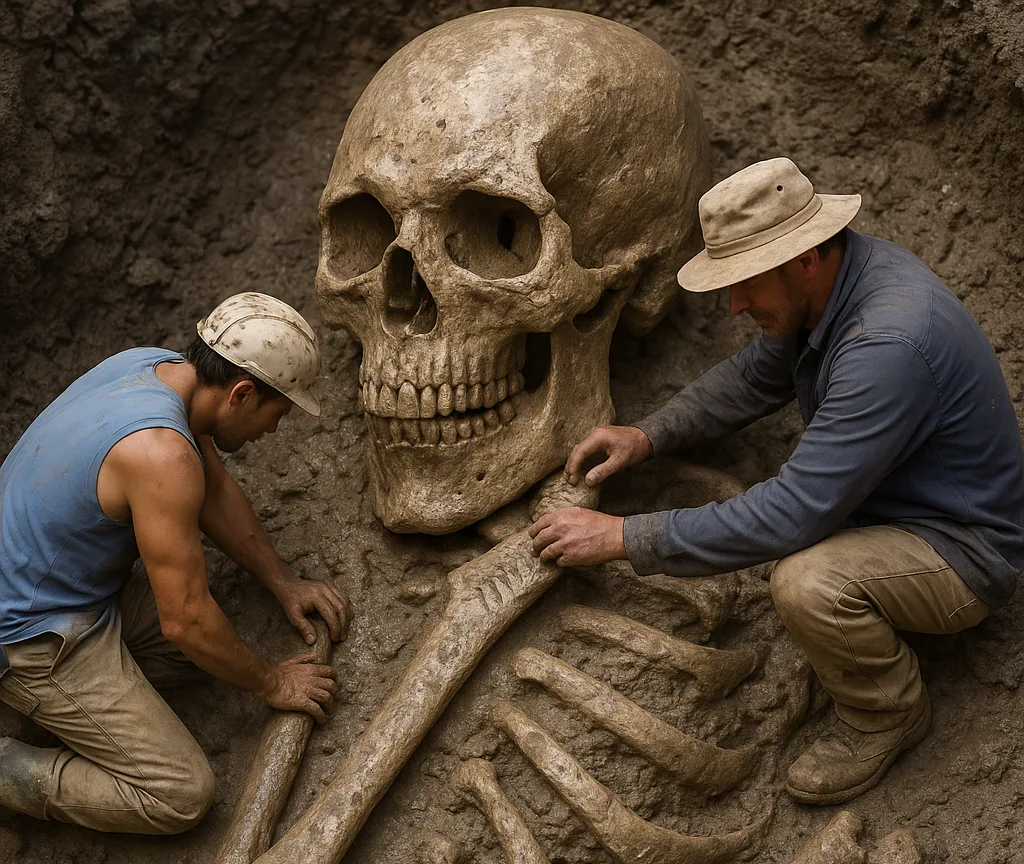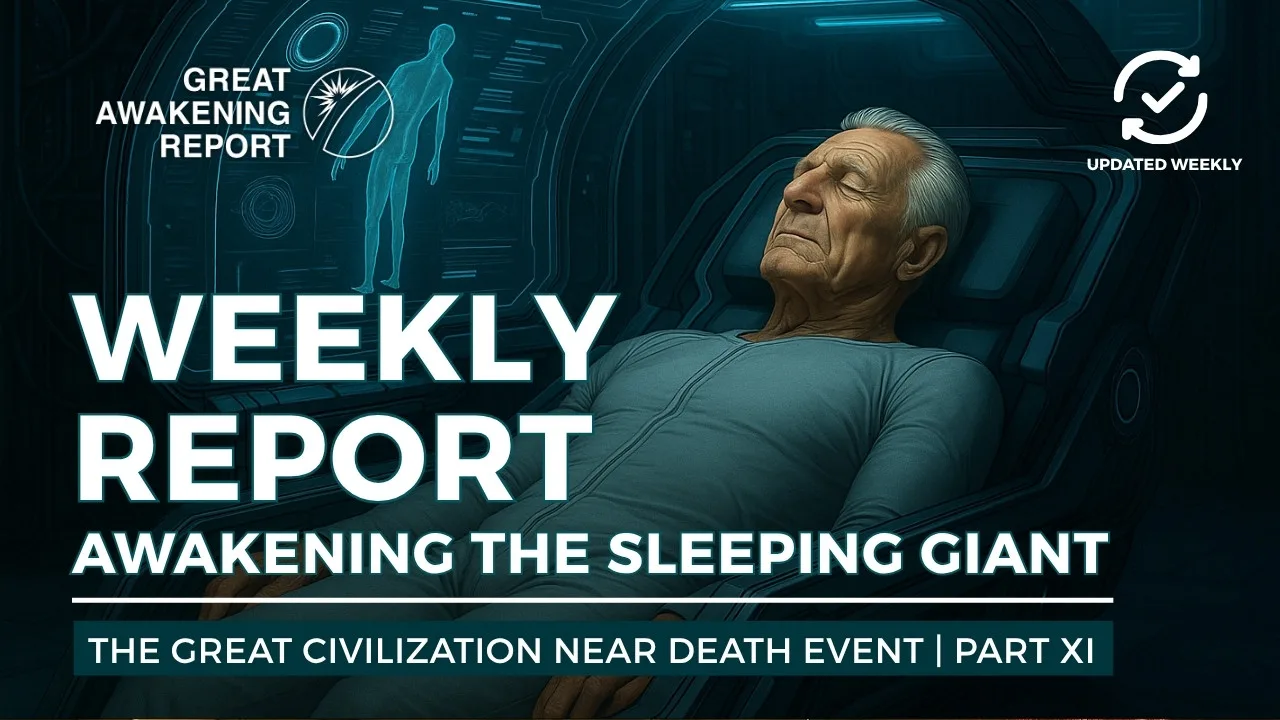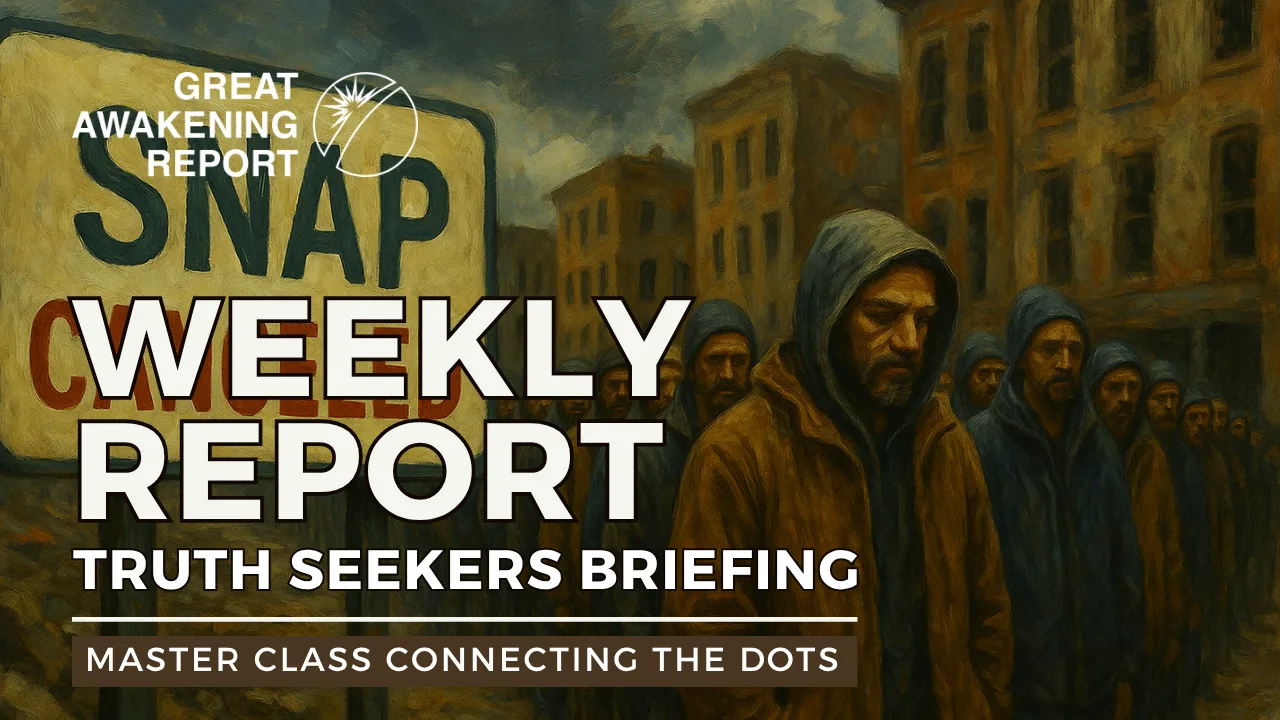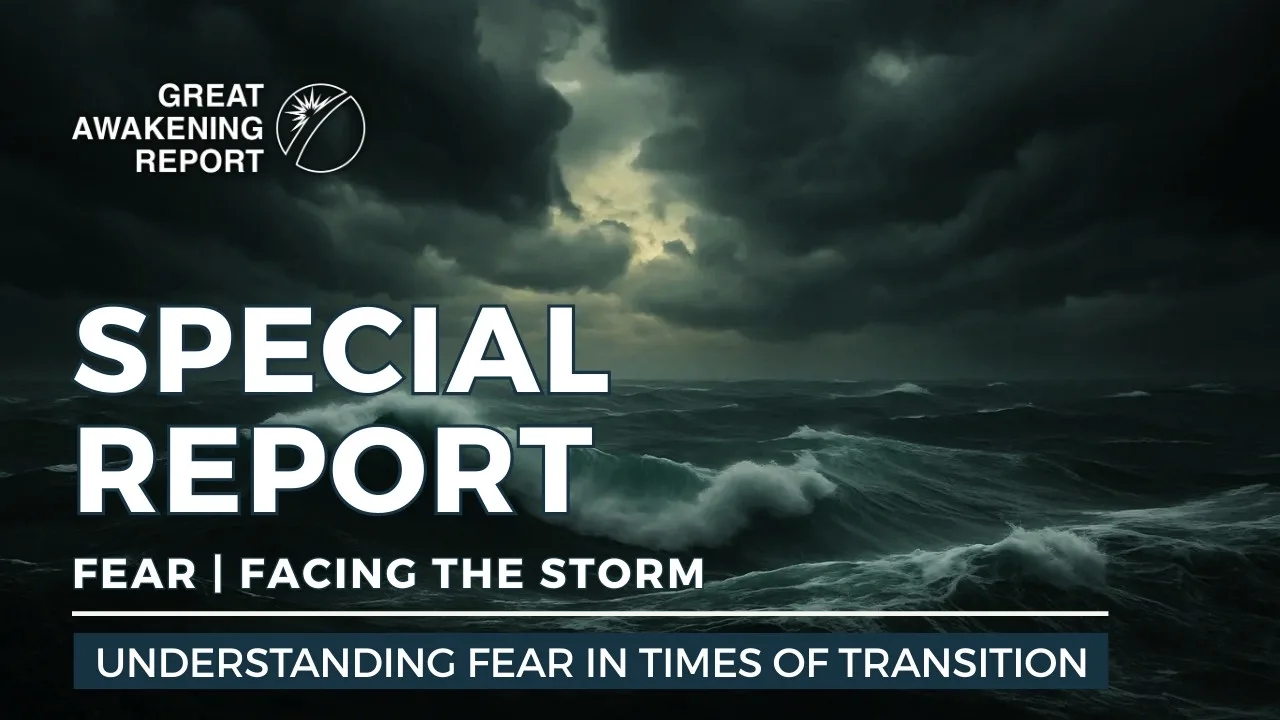Introduction to Ancient Giants
Legends of ancient giants are embedded in the mythologies of numerous cultures worldwide, where they are often depicted as beings of immense stature and strength. In Greek mythology, the Titans were formidable giants who clashed with the gods, symbolizing chaos and primal forces. Similarly, the Norse myths feature the Jotnar, or frost giants, who personified nature’s untamed aspects, often opposing the gods of Asgard.
In the Americas, the indigenous narratives tell of the Nephilim, giants mentioned in the Bible, whose stories permeate Native American lore as powerful, often threatening figures tied to earth’s creation. These giants are sometimes viewed as protectors of natural realms or as harbingers of disaster, influencing the cultures’ interactions with their environments. [Source: Huffington Post]
Myth vs. Reality: Evidence of Giant Existence
Evidence of the ancient existence of giants has fascinated cultures worldwide, spurring countless myths and archaeological inquiries. Most notably, a variety of ancient texts from different civilizations, including the Bible, speak of giants such as the Nephilim, often interpreted as beings of enormous stature. Moreover, numerous tales across indigenous peoples, like the Native American legends of the Si-Te-Cah, mention giants inhabiting formerly fertile lands.
Archaeological findings have, at times, seemingly supported these stories. An extensive study in the late 19th and early 20th centuries uncovered an array of purported giant skeletal remains across North America, stirring speculation and interest. However, many of these claims have been largely debunked through rigorous scientific examination, revealing patterns of hoaxes or misidentified remains [Source: Smithsonian Magazine].
In more recent times, researchers have emphasized the importance of critically evaluating such claims with modern forensic methods. Notable scientists, including a Skeletal Biologist at the University of Alabama, have pointed out that while some prehistoric human populations grew larger than average, none reached the extravagant heights suggested by myth [Source: Live Science].
Cultural myths continue to evolve, with some contemporary sources arguing that the “giants” represent symbolic meanings rather than literal interpretations, encapsulating human fears and aspirations throughout history. This idea aligns with broader discussions about how mythology serves to encode societal values and historical experiences rather than serve as straightforward accounts of past realities [Source: Great Awakening Report].
In conclusion, while the myth of giants persists in cultural narratives, concrete archaeological and anthropological evidence remains inconclusive, often veering into speculative or debunked territory.
Cultural Interpretations of Giants in History
Throughout history, giants have appeared in the folklore of many civilizations, each reflecting unique societal values and cultural beliefs.
In Greek mythology, giants like the Titans represented not only immense strength and power but also the primal chaos that existed before civilization. Their rebellion against the Olympian gods articulated themes of human hubris and the struggle for order over chaos, mirroring ancient Greek concerns about governance and morality in society [Source: Ancient History Encyclopedia].
Native American cultures also embraced the concept of giants, often viewing them as protectors or creators. For instance, the giants in the Iroquois creation story, like the Sky Woman and her daughter, symbolize fertility and the nurturing of the earth, revealing the deep connection between these cultures and their environment. Such stories highlight communal values of respect for nature and the interconnectedness of all life [Source: First Nations Knowledge].
Similarly, other cultures worldwide have depicted giants in ways that reflect their societal values. In Biblical texts, giants like Goliath symbolize the dangers of arrogance and the strength of faith, while Hindu mythology features characters like Ravana, who, despite his immense power, ultimately represents the consequences of unchecked desire and ego. These narratives serve to caution against the overreach of power and the importance of humility and virtue in leadership [Source: Mythology Media].
Overall, the portrayals of giants across different cultures not only illustrate their formidable presence but also encapsulate the moral and ethical dilemmas faced by society, mirroring their hopes, fears, and values.
The Science Behind Giant Skeletal Discoveries
The topic of giant skeletal discoveries—often linked to legends and myths of ancient giants—has sparked considerable scientific scrutiny and controversy regarding their authenticity. Numerous claims have circulated about the unearthing of giant skeletons, particularly in the United States. Notable examples include alleged finds in places like Wisconsin and the Ohio Valley, where skeletons purportedly measuring over 10 feet tall have been claimed.
However, investigations into these claims frequently reveal inconsistencies and hoaxes. For instance, many purported giant skeletons turn out to be misidentified animal remains or fabricated artifacts. A significant factor contributing to skepticism is the lack of peer-reviewed scientific evidence confirming the existence of such giants. According to a comprehensive review by anthropologist Michael Shermer, much of the excitement surrounding giant skeletons is rooted in folklore and scientific misinterpretation, arguing that no credible evidence supports the claims of giant humans existing in prehistoric times [Source: Skeptic].
Furthermore, the types of remains usually reported lack proper contextual validation—many are found without rigorous archaeological methods which are crucial in verifying provenance [Source: Australian Mining]. Scientific and historical inquiries continue to challenge the narratives of giant skeletons. Skeptics argue that sensational stories in media often precede legitimate archaeological findings, thus perpetuating myths rather than contributing to credible scientific discourse.
The implications of these claims touch on broader themes of humanity’s desire to connect with a grander past, highlighting how such narratives can reflect deeper cultural beliefs rather than concrete historical truths. It is essential for enthusiasts and researchers alike to maintain critical thinking and promote scientifically-backed investigations into these remarkable claims. For a deeper understanding of how perceptions of historical truths can be swayed by sensationalism, refer to analyses found in historical and archaeological journals [Source: Ancient Origins].
The Impact of Ancient Giants on Modern Culture
The concept of giants has profoundly influenced modern culture, permeating narratives, art forms, and media, and shaping popular perceptions of history and mythology. Giants featured prominently in ancient mythologies, such as the Nephilim in the Bible and the Titans in Greek mythology. Today, these legendary figures continue to captivate audiences.
In storytelling, giants often represent the monstrous and unknowable, serving as antagonists in various narrative arcs. For instance, films like Jack the Giant Slayer and The BFG reinterpret these colossal beings, transforming them into characters that highlight themes of bravery and compassion while also maintaining their mythological roots. Research indicates that these stories resonate with our collective fears and fascinations, reflecting societal issues through the lens of mythical giants [Source: History.com].
In visual arts, giants are depicted in various forms that range from menacing to benevolent. Artists utilize the scale of giants to evoke awe and wonder, as seen in paintings by artists like Gustave Moreau and contemporary digital art. These representations not only preserve the cultural narratives associated with giants but also challenge perceptions of power and morality at a grand scale, echoing the way ancient societies understood the world around them [Source: The Met].
Media narratives continue to explore the concept of giants, from video games like Shadow of the Colossus to series such as Game of Thrones, in which characters are not merely fearful embodiments but complex entities that evoke empathy. This evolution reflects an ongoing dialogue about human nature, power, and the colossal struggles within society. By integrating such themes, creators are able to address modern philosophical inquiries while entertaining a wide audience [Source: Insider].
The enduring presence of giants in modern culture illustrates how these ancient archetypes continue to shape our understanding of myth, morality, and human experience, redefining historical narratives in a contemporary context.
Future Research Directions: What Lies Ahead?
In the pursuit of uncovering the truths surrounding ancient giants, future archaeological endeavors will likely hinge on advancements in technology and innovative research methods. The integration of advanced data management and automation tools, similar to those utilized in sectors like mining and agriculture, could substantially enhance excavation processes and data accuracy. For instance, systems like Sandvik’s Newtrax mining data platform allow for manual data management even in areas with poor connectivity, which could be adapted for archaeological sites to improve documentation and analysis during excavations [Source: Australian Mining].
Moreover, artificial intelligence (AI) is predicted to play a pivotal role in analyzing archaeological finds and synthesizing data from multiple sources. The application of AI in agriculture has demonstrated the potential for transforming raw data into actionable insights, which can inform decision-making processes [Source: AgFunder News]. A similar approach in archaeology could lead to more effective strategies for uncovering the historical significance of ancient giant remains and the cultures surrounding them.
The collaboration of interdisciplinary teams, employing innovative techniques and modern equipment, will be critical. By embracing technologies that automate data collection and utilize AI-driven insights, archaeologists may uncover more accurate narratives about ancient giants, their existence, and their impact on early civilizations. Continuous exploration of such technologies could redefine the methodologies employed in archaeological research for years to come.
Sources
1. Huffington Post
2. Smithsonian Magazine
3. Live Science
4. Great Awakening Report
5. Ancient History Encyclopedia
6. First Nations Knowledge
7. Mythology Media
8. Skeptic
9. Australian Mining
10. AgFunder News
11. History.com
12. The Met
13. Insider
14. Ancient Origins
Share This Report
Have questions?
At Great Awakening Report, we are dedicated to supporting your journey toward truth and enlightenment through our specialized Coaching and Consulting services.
Coaching Services: Our coaching programs are designed to guide you through personal awakening and transformation. We offer personalized sessions that focus on expanding consciousness, uncovering hidden truths, and fostering spiritual growth. Our experienced coaches provide the tools and insights necessary to navigate your path with clarity and confidence.
Consulting Services: For organizations and individuals seeking deeper understanding and strategic guidance, our consulting services offer expert analysis and solutions. We delve into areas such as global transitions, alternative news insights, and consciousness studies to provide comprehensive strategies tailored to your unique objectives.
Embark on a transformative journey with our Coaching and Consulting services, and unlock your highest potential. To learn more and schedule a session, visit our Coaching and Consulting pages.
Thank you
Thank you to our subscribers and readers for your continued support and dedication to truth and awakening. Your encouragement, engagement, and belief in our mission make everything we do possible. Together, we are expanding awareness and helping illuminate the path forward.
If you would like to further support the Great Awakening team and our ongoing efforts to share insight, knowledge, and truth, you can DONATE HERE.
With deep gratitude,
– Great Awakening Team
DISCLAIMER: All statements, claims, views and opinions that appear anywhere on this site, whether stated as theories or absolute facts, are always presented by The Great Awakening Report (GAR) as unverified—and should be personally fact checked and discerned by you, the reader.Any opinions or statements herein presented are not necessarily promoted, endorsed, or agreed to by GAR, those who work with GAR, or those who read or subscribe to GAR.Any belief or conclusion gleaned from content on this site is solely the responsibility of you the reader to substantiate.Any actions taken by those who read material on this site are solely the responsibility of the acting party.You are encouraged to think for yourself and do your own research.Nothing on this site is meant to be believed without question or personal appraisal.
COPYRIGHT DISCLAIMER: Citation of articles and authors in this report does not imply ownership. Works and images presented here fall under Fair Use Section 107 and are used for commentary on globally significant newsworthy events. Under Section 107 of the Copyright Act 1976, allowance is made for fair use for purposes such as criticism, comment, news reporting, teaching, scholarship, and research.
COMMUNITY GUIDELINES DISCLAIMER: The points of view and purpose of this video is not to bully or harass anybody, but rather share that opinion and thoughts with other like-minded individuals curious about the subject.










